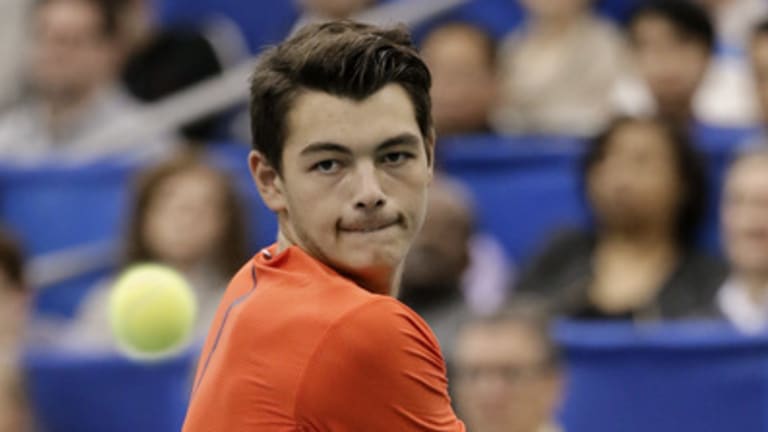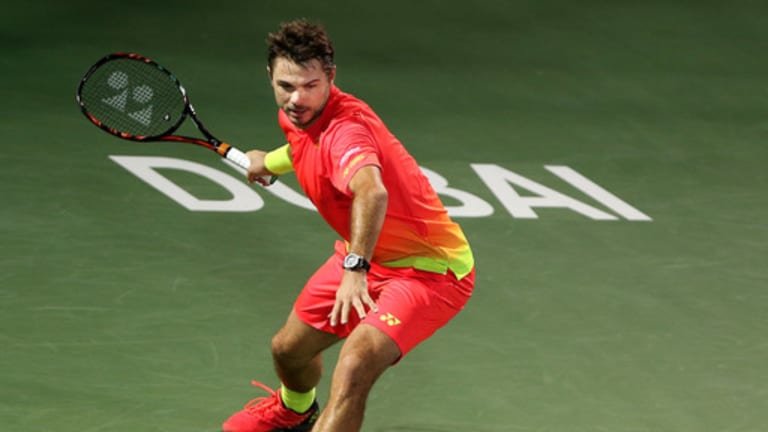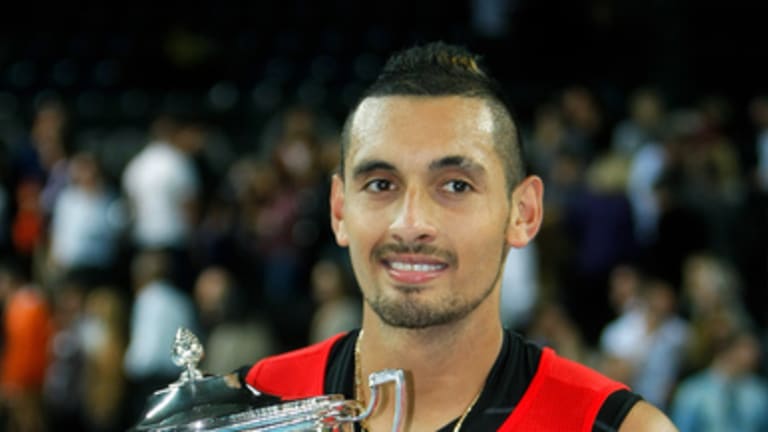On Monday I mentioned that it’s officially the slow—very slow—season in North American sports. Football is over until the fall. Hockey and pro basketball are plodding through their interminable regular seasons. College basketball is in a holding pattern until the NCAA tournament begins next month. Baseball’s spring training coverage is currently focused on a guy who drives a different $300,000 sports car to practice every day. Without the NFL, many of us are left wondering what we’re supposed to do with our Sundays. Go ... shopping? Have ... brunch? Ex ... er ... cise?
You might think that the U.S. sports media, in this time of desperation, would turn to tennis to fill the void. You would be wrong. The lengths that my sports-news show of choice, ESPN’s "Pardon the Interruption", goes to avoid mentioning tennis never ceases to amaze me. The two hosts have spent the last month speculating about NBA trade deals that never happen and wondering if the commissioner of the NFL is overpaid. They’ve marveled at a hockey goalie’s save in a minor-league game and debated whether Rory McIlroy lifts too many weights. They’ve even spent a few minutes discussing soccer—for two middle-aged Americans, that’s stooping pretty low.


